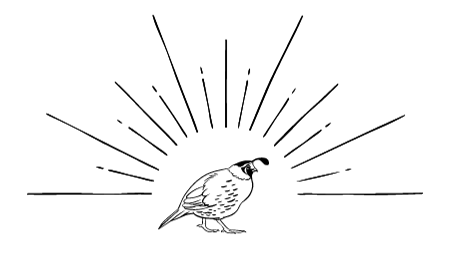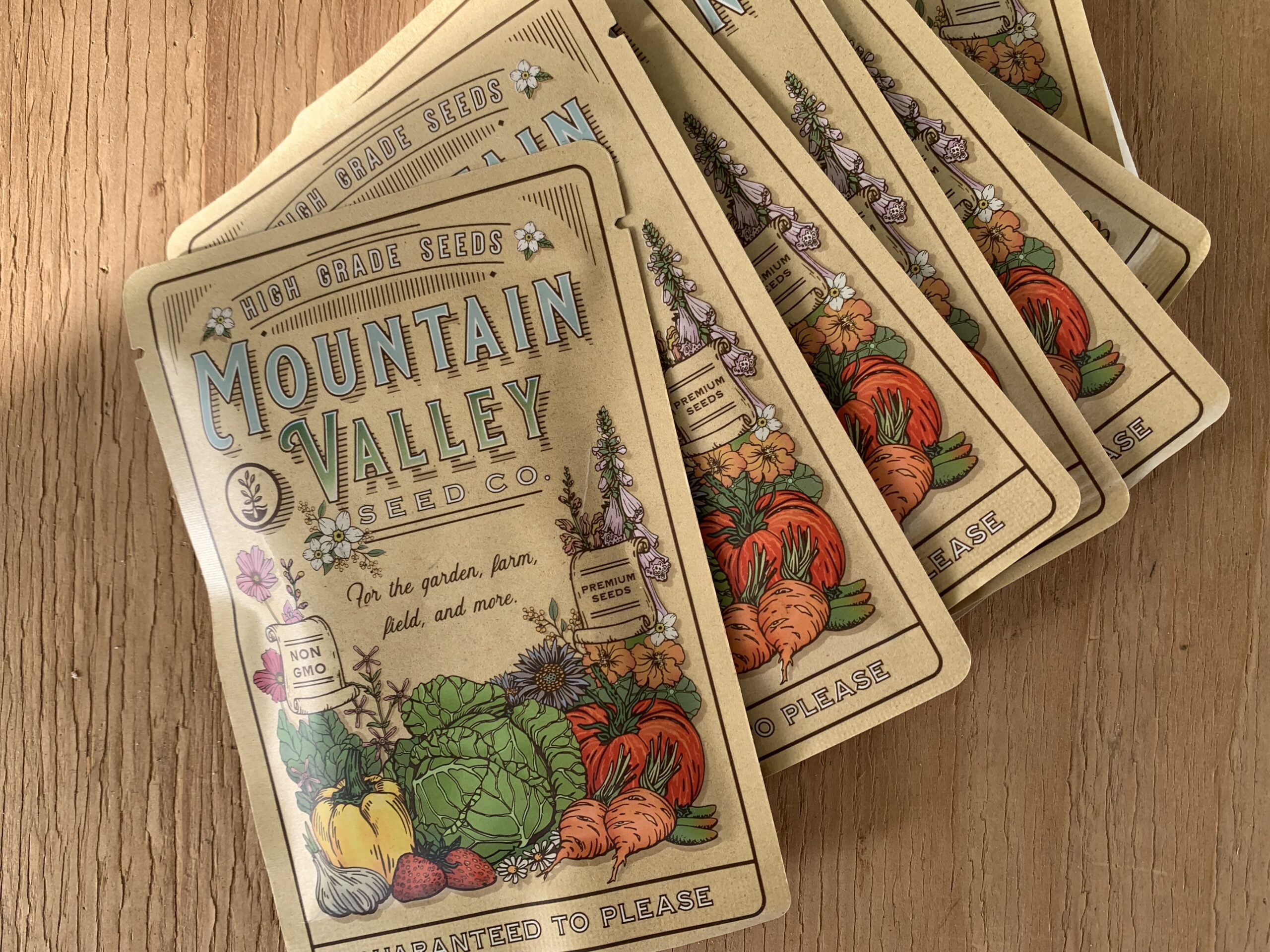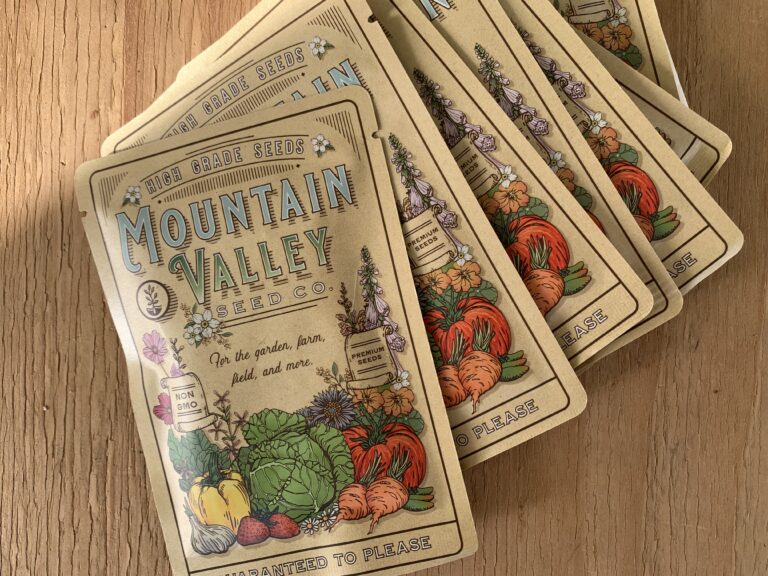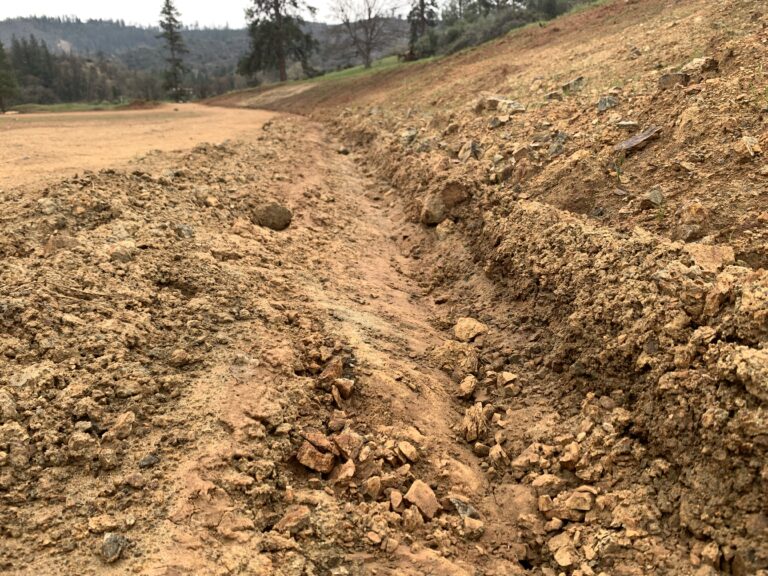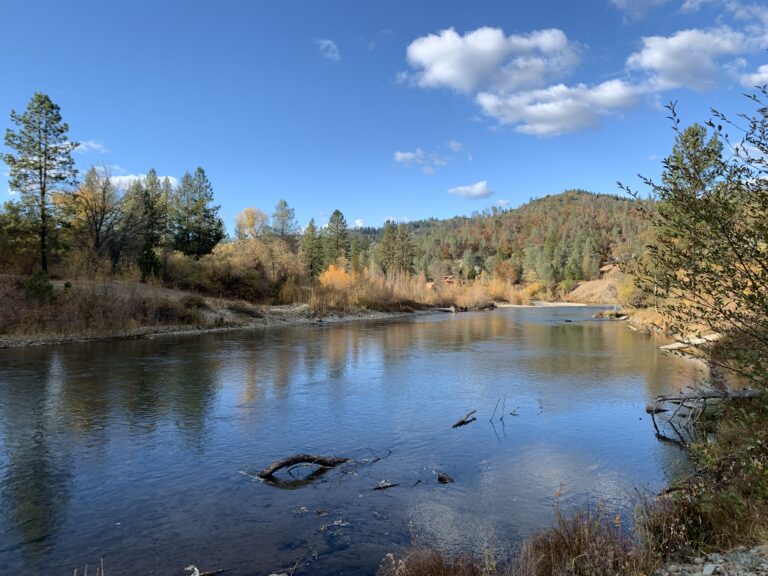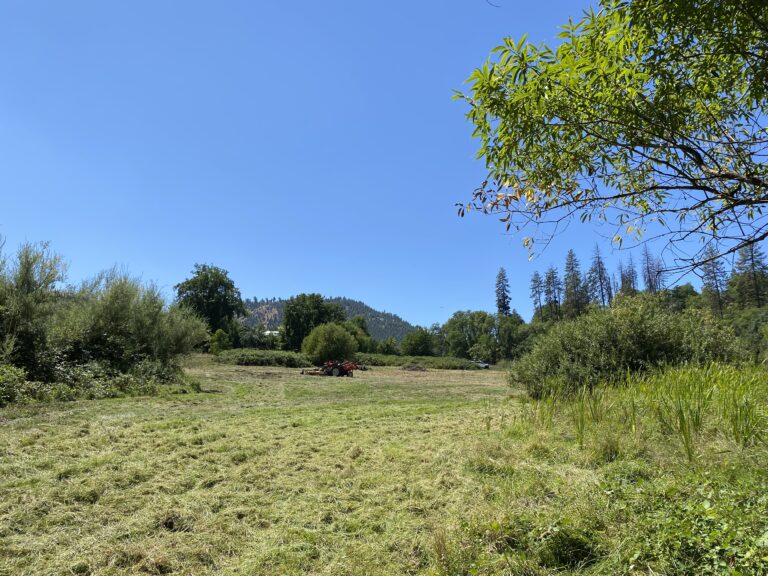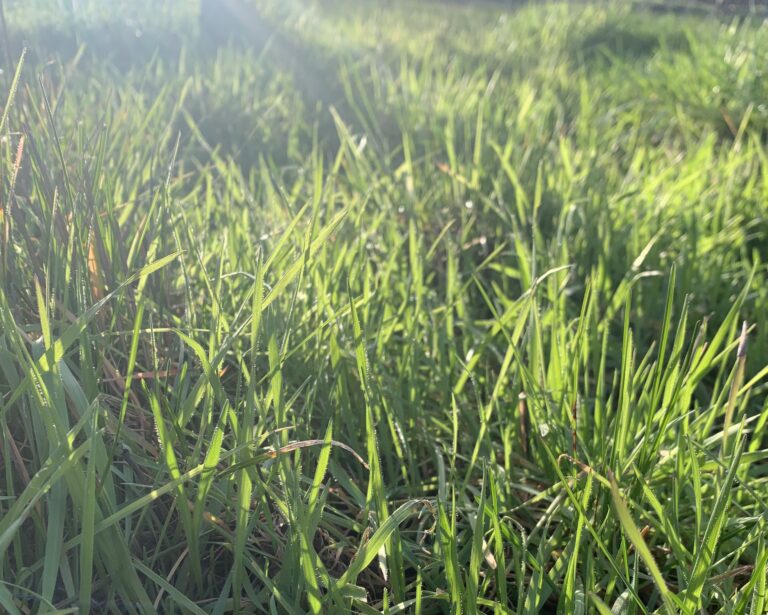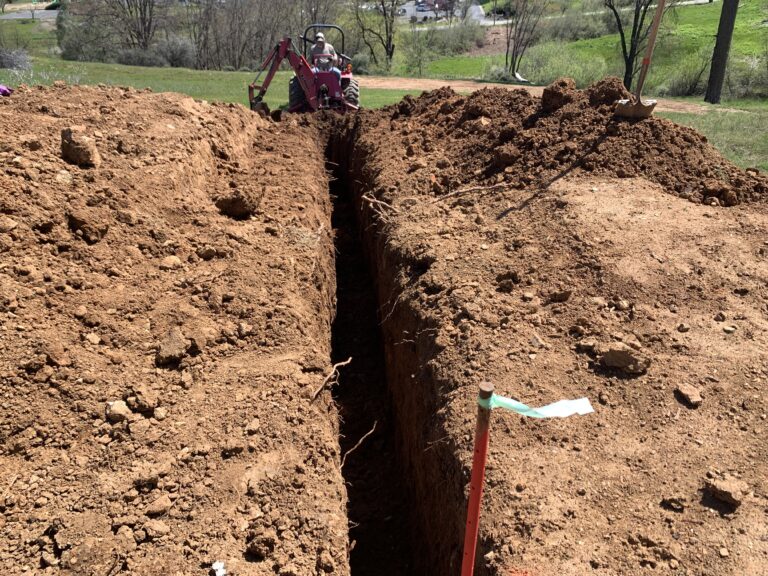Veggie Garden Basics – 5 Helpful Tips for the Beginner Gardener
Ready to try your hand at a summer vegetable garden? Here are 5 helpful tips to get you started. Go ahead, dig in!
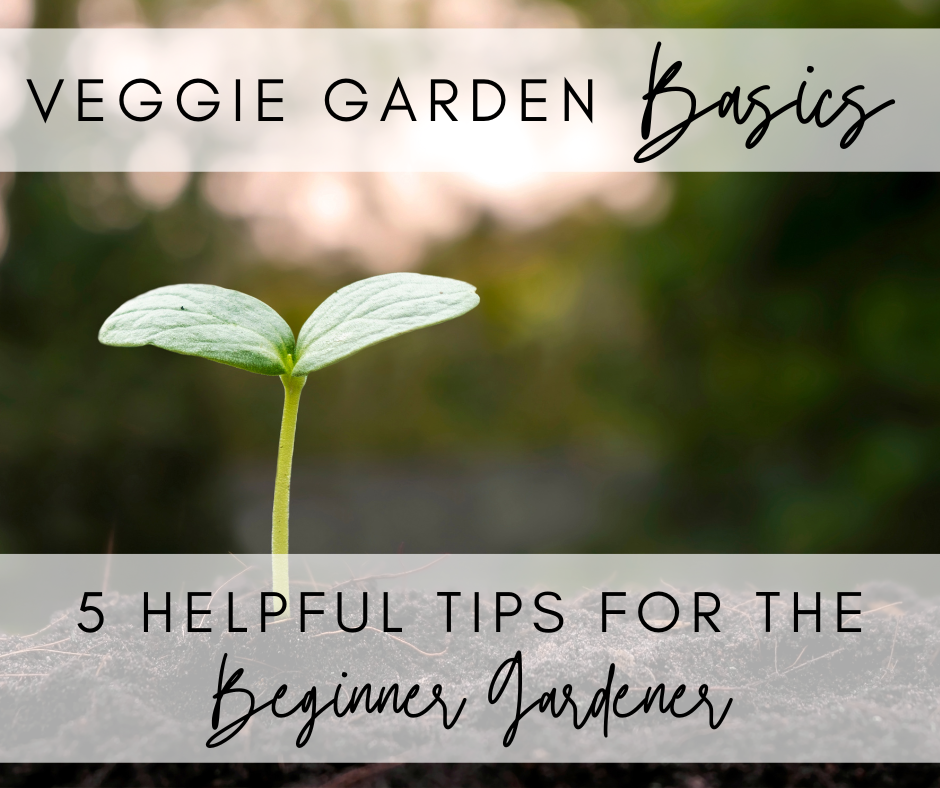
This post contains affiliate links. As an Amazon Associate I earn from qualifying purchases.
Finally, our first (sort of) sunny day in a few weeks! It’s been a cold wet winter, but something in the air this morning reminded me that spring is right around the corner. Maybe it’s the lighter mornings, the new growth breaking up and out of the soil, the buds just forming on the trees and spring bulbs, the crisp fresh air with just a hint of warmth from the sun.
I love this time of year. So much new growth just waiting to unfold. Around this time every year, we start really planning for our summer garden. Ordering seeds and supplies, planning when to start and prepping our garden beds.
We’ve been doing this veggie garden thing for a few years now, so we’ve got our method down pretty well. As we plan for the summer ahead, I thought I’d share some tips we’ve learned over the years. If you’re just starting out, or not sure where to start, I’ve got you covered! Below I’ll share five helpful tips for the beginner gardener.
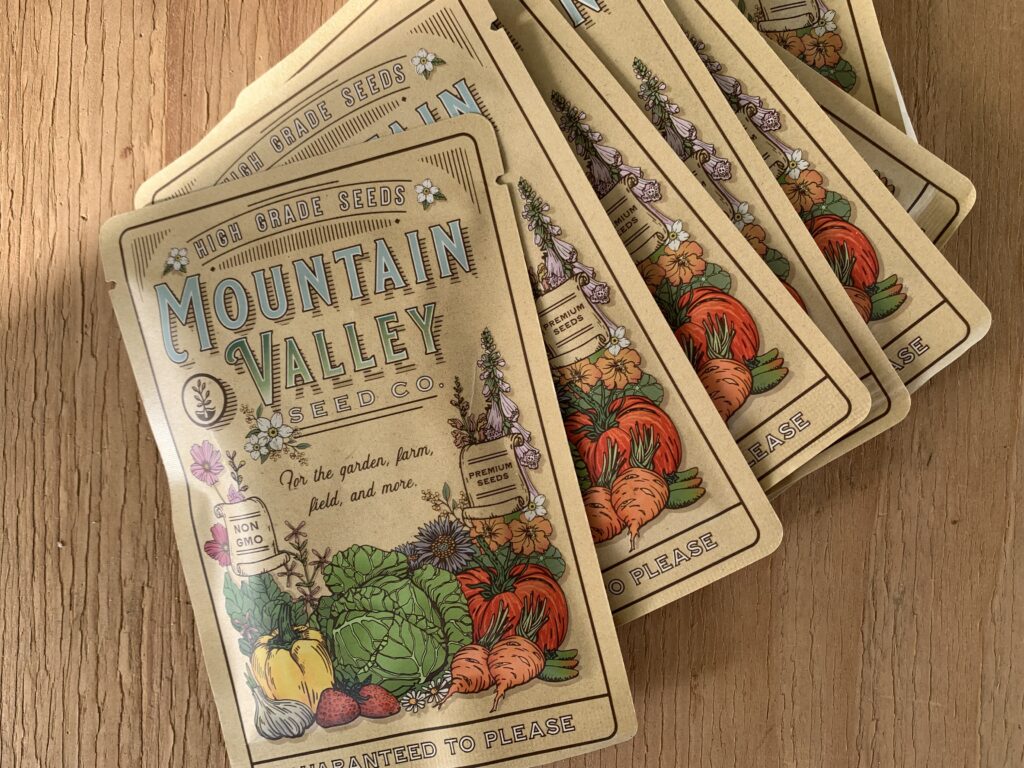
Tip #1: Start from Seed
While this may seem obvious to some, I know many seasoned gardeners who buy seedlings from the nursery every year. While there’s nothing wrong with this, there are several reasons why starting your plants from seed is better. For one, it’s much more cost-effective. At the nursery, you will spend several dollars on a single plant, whereas with seed, you could spend the same amount on dozens (if not hundreds) of seeds per packet.
But wait, why would you need dozens or more seeds of a single variety if you’re only planning on planting one or two? With more seeds comes more wiggle room for error. Not all seeds germinate, and not all seedlings (whether purchased from the nursery or started from seed) take when transplanted to the garden. Also, most seeds can be saved for next year!
In addition to being more cost-effective, starting from seed also offers much more variety. When buying seedlings from the nursery, they may only have a few different varieties of let’s say, tomatoes. When you buy seeds, most seed companies will have a vast selection of tomato varieties. And any other vegetable, for that matter! I may be somewhat of a nerd, but I love reading each variety’s description and picking the one that I think will do best in my garden.
Finally, by starting from seed, you have greater control over the soil the seeds were started in, which will help with their transition to the garden. Also, in my opinion, starting from seed is much more rewarding than buying an existing plant. It is so exciting to see those tiny sprouts popping through the soil!
Tip #2: Know Your Microclimate
You’ve probably heard of USDA Plant Hardiness Zones, but these zones aren’t all that helpful when it comes to your veggie garden. The plant hardiness zones are categorized by average annual extreme winter temperatures, so they are helpful in determining which perennial plants will do well in your zone. Since most vegetables are annuals, these zones don’t tell us much. What we really need to know is the “last frost date”.
Knowing your microclimate will help you determine what the last frost date is in your area. If you haven’t been paying much attention to when the last spring frost is in your area, or if you’ve just moved to a new area, this interactive map is super helpful!
Determining your last frost date will help you decide when to transplant your seedlings into your garden, or plant your seeds (if starting outdoors). Many seed packets will have guidelines for whether the seeds should be started indoors or outdoors, and when they should be planted according to the last frost date.
Tip #3: Get Familiar with Your Soil
I know, I know…soil can sound like a boring topic, but I promise you, it’s not! Good soil is the foundation of a successful veggie crop. While you can always dig deeper into soil (pun intended), I suggest just starting with the basics.
What general type of soil does your garden have? The three main soil types are: clay, silt, and sand. There are many other types in the soil spectrum, but I’m no soil scientist and you probably aren’t either.
It is important, however, to have a general idea of what you’re working with. Clay soils are heavy, easily compacted when wet and bake very hard in the summer. On the other hand, sandy soils are light, drain quickly, and don’t compact as easily.
Knowing your soil will help you determine which plants will do best in your soil, how often you should water your garden, and how to amend your soil, if necessary. Like I said, there are many other factors to consider when it comes to soil health – organic matter, pH level, and water infiltration rate just to name a few. But when starting out, just getting familiar with the soil basics will help your garden flourish.
Tip #4: Protect Your Garden
Wildlife, most often deer and sometimes rabbits, can absolutely wreak havoc on your garden. There’s nothing worse than coming out to your garden in the morning only to have almost everything chopped off! Even varieties that are considered “deer resistant” sometimes fall victim to the deer.
We’ve learned the hard way: it’s best to consider everything as a potential delectable dinner for the deer, and to keep the entire garden fenced. It doesn’t have to be fancy, especially when just getting started, but definitely fence in your garden area. It could be as simple as some T posts and wire. Deer can jump pretty high, so you’ll just want to make sure your fence is tall enough.
Tip #5: Take Notes
Maybe you’re a natural note-taker…but most likely this is not something you’ve thought about when planning your garden. Notes can be so helpful when it comes to your veggie garden! Take notes of which varieties you planted this year, when you started them, how you liked the variety, and anything else you may find useful in planning future gardens. I can’t tell you how many times we thought we would remember the details from the previous summer, only to forget everything by the following spring!
It doesn’t matter where you write this info down – wherever is convenient for you. Some folks use a planner, some a Google doc or an Excel spreadsheet. Just write it down!
That concludes my top tips for novice gardener. I hope you found these five tips helpful! If you have any feedback, please leave a comment below and make sure to share with a friend who might also find this useful. And as always, thanks for reading!
